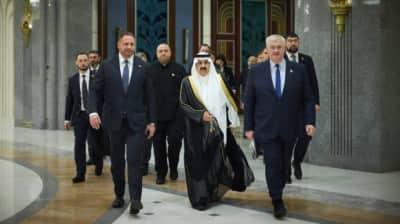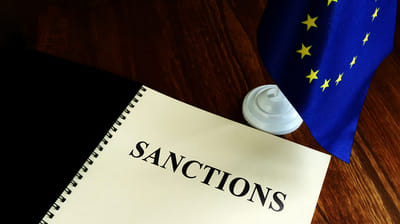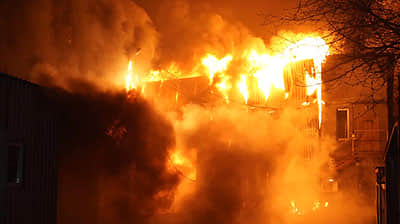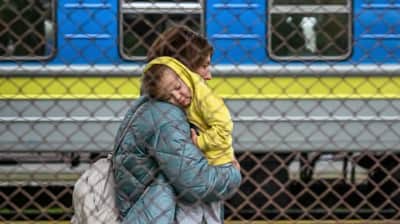Russia's defence industry fails to ensure full technical support for Russian reserves – ISW
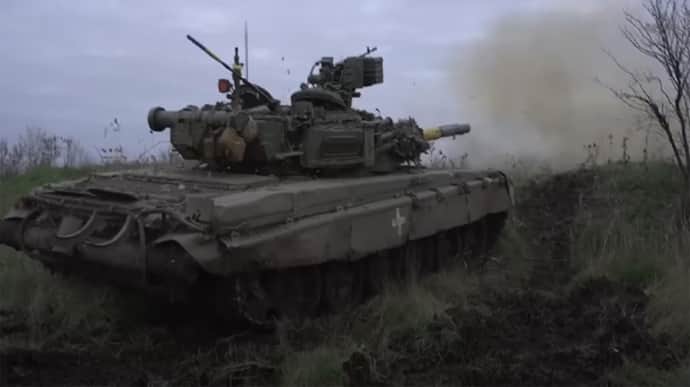
The Institute for the Study of War (ISW) believes that Russia's defence industry base (DIB) is unlikely to be able to fully supply the Russian reserves with equipment.
Source: ISW
Details: The ISW noted that Russia's DIB is unlikely to be able to fully support Russia's reserves, despite its ability to maintain the current pace of operations and ongoing efforts to expand its DIB.
Ukrainian military observer Kostiantyn Mashovets indicated that Russia's operational and strategic reserves are usually not combat-ready but that the Russian command tends to view its reserves as a "bottomless barrel".
Mashovets stated that the Russian defence industry can produce around 250-300 "new and thoroughly modernised" tanks per year.
In addition, Russian troops can annually overhaul about 250-300 tanks that have been in long-term storage or damaged on the battlefield.
The ISW estimated that Russia will be able to expand its DIB and amass resources if it sustains the initiative across the entire war zone through 2024, although it is unlikely to be sufficient to support a large number of mobilised reservists or conscripts this year.
Analysts believe that the reported concentration of Russian reserves across Ukraine largely aligns with Russia's priorities on the front but does not necessarily indicate upcoming Russian operations.
Mashovets said Russian forces currently have 17 regiments, 16 battalions and two regiment-battalion level tactical groups in reserve.
The Ukrainian observer added that the total number of Russian personnel in the reserve units stands at around 60,000-62,000, although Russian forces have only equipped about 20,000 tactical and operational level reservists with weapons and equipment.
The ISW estimated that an active Ukrainian defence across the entire theatre of operations in 2024 would cede the strategic initiative to Russia, allowing Moscow to determine where, when and to what extent hostilities would take place in Ukraine and to allocate Russian resources accordingly, forcing Ukraine to respond.
However, Ukraine can deprive Russia of this opportunity if it can reverse this initiative.
To quote the ISW’s Key Takeaways on 4 February:
- Russia's reported reserve concentrations throughout Ukraine largely align with Russia’s assessed priorities along the front, although they are not necessarily indicative of future Russian operations.
- The Russian defence industrial base (DIB) is unlikely able to fully support Russia’s reserve manpower despite Russia’s ability to sustain its current tempo of operations and ongoing efforts to expand the Russian DIB.
- Ukrainian President Volodymyr Zelenskyy visited the frontline near Robotyne, Zaporizhzhia Oblast and the Ukrainian Eastern Air Command in Dnipropetrovsk Oblast on 4 February.
- Russian military bloggers continued to criticise Russian authorities’ failure to properly equip Russian forces with drones and electronic warfare (EW) systems in response to a recent unsuccessful Russian mechanised assault near Novomykhailivka, Donetsk Oblast.
- Russian President Vladimir Putin continues to face the authoritarian’s dilemma, whereby his authoritarian regime is itself systematically preventing him from receiving accurate information about military-political realities in Russia.
- Russian forces made confirmed advances near Bakhmut, Avdiivka, and Marinka amid continued positional engagements along the entire frontline.
- Kremlin newswire TASS reported on 4 February that Vladimir Oblast will be a patron of the new Knyaz Pozharsky Borei-A class nuclear submarine.
- Ukrainian officials continue international efforts aimed at returning Ukrainian citizens whom Russian authorities illegally deported to Russia.
Support UP or become our patron!
